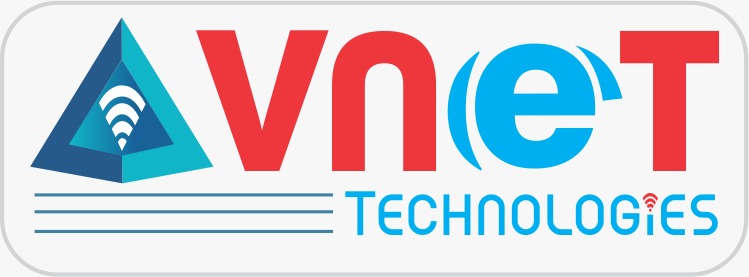
Python is one of the most popular programming languages for web development, and two of its most widely used frameworks are Flask and Django. While both frameworks enable developers to build web applications efficiently, they serve different purposes and cater to different types of projects. Choosing between Flask and Django depends on various factors, including project complexity, scalability needs, and developer experience. In this blog, we will compare Flask and Django to help you decide which framework is best for your next web development project.
Overview of Flask and Django
Flask: The Lightweight Framework
Flask is a micro-framework designed for simplicity and flexibility. It provides only the essentials for web development, allowing developers to add features as needed through third-party extensions. Flask follows a minimalist approach, making it ideal for small applications, prototypes, and microservices.
Key Features of Flasly u
- Minimal and lightweight
- Built-in development server and debugger
- Jinja2 templating engine
- Supports extensions for database integration, authentication, and more
- Ideal for small to medium-sized projects
Django: The Full-Featured Framework
Django is a high-level web framework that comes with built-in features to handle various aspects of web development, including authentication, database management, and security. It follows the “batteries-included” philosophy, meaning that developers don’t need to rely on external libraries for many core functionalities.
Key Features of Django:
- Follows the Model-View-Template (MVT) pattern
- Built-in authentication system
- Automatic admin panel generation
- Scalable and secure
- Ideal for large-scale applications
Ease of Learning and Development
Flask is easier to learn for beginners because of its simple structure and minimal setup. Developers have the freedom to choose how they structure their applications. A basic Flask app requires only a few lines of code.
Example of a simple Flask app:
from flask import Flask
app = Flask(__name__)
@app.route(“/”)
def home():
return “Hello, Flask!”
if __name__ == “__main__”:
app.run(debug=True)
Django, on the other hand, has a steeper learning curve due to its built-in functionalities and predefined structure. However, it streamlines development by providing built-in solutions for common tasks like user authentication and database handling.
Example of setting up a Django project:
django-admin startproject myproject
cd myproject
python manage.py runserver
Verdict: Flask is better for beginners, while Django is more structured and suited for larger applications.
Performance and Flexibility
Flask’s lightweight nature makes it faster and more flexible for small applications. Since it does not impose strict rules, developers can customize their projects as needed. Flask is often used for APIs and microservices where performance and flexibility are critical.
Django, while slightly heavier due to its built-in features, is optimized for larger applications. The trade-off between performance and features makes Django ideal for projects that require rapid development with built-in functionalities.
Verdict: Flask is faster and more flexible, while Django is more feature-rich and structured.
Scalability
Flask is great for microservices and smaller applications that need to scale horizontally by adding more independent services. Companies like Netflix and Uber use Flask for their microservices architecture.
Django is designed to handle large-scale applications and supports scalability through its ORM and built-in components. Platforms like Instagram and Pinterest use Django to manage millions of users efficiently.
Verdict: Flask is ideal for microservices, while Django is best for large-scale, monolithic applications.
Security
Django comes with built-in security features, such as protection against SQL injection, cross-site scripting (XSS), and cross-site request forgery (CSRF). It follows best practices for web security by default.
Flask does not include built-in security features but allows developers to implement security measures through third-party extensions.
Verdict: Django provides better security out of the box, while Flask requires additional configurations for security.
Use Cases: When to Choose Flask or Django?
Criteria | Flask | Django |
Ease of Learning | Easier | More complex |
Performance | Faster for small apps | Slightly slower due to built-in tools |
Flexibility | Highly flexible | Comes with predefined structure |
Scalability | Best for microservices | Ideal for enterprise applications |
Security | Requires manual implementation | Built-in security features |
Best for | APIs, small apps, and microservices | Large, feature-rich applications |
Conclusion
Vnet academy provide Both Flask and Django are powerful frameworks, but the right choice depends on your project needs. If you are building a small, lightweight application or REST API, Flask is a great choice. If you need a full-fledged web application with built-in features, security, and scalability, Django is the better option. Ultimately, the decision comes down to flexibility vs. structure—Flask offers freedom, while Django provides a robust framework for complex applications.
